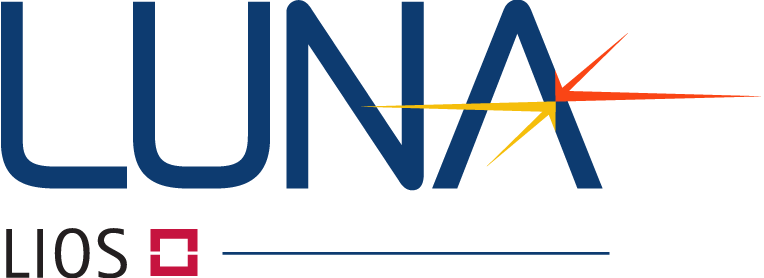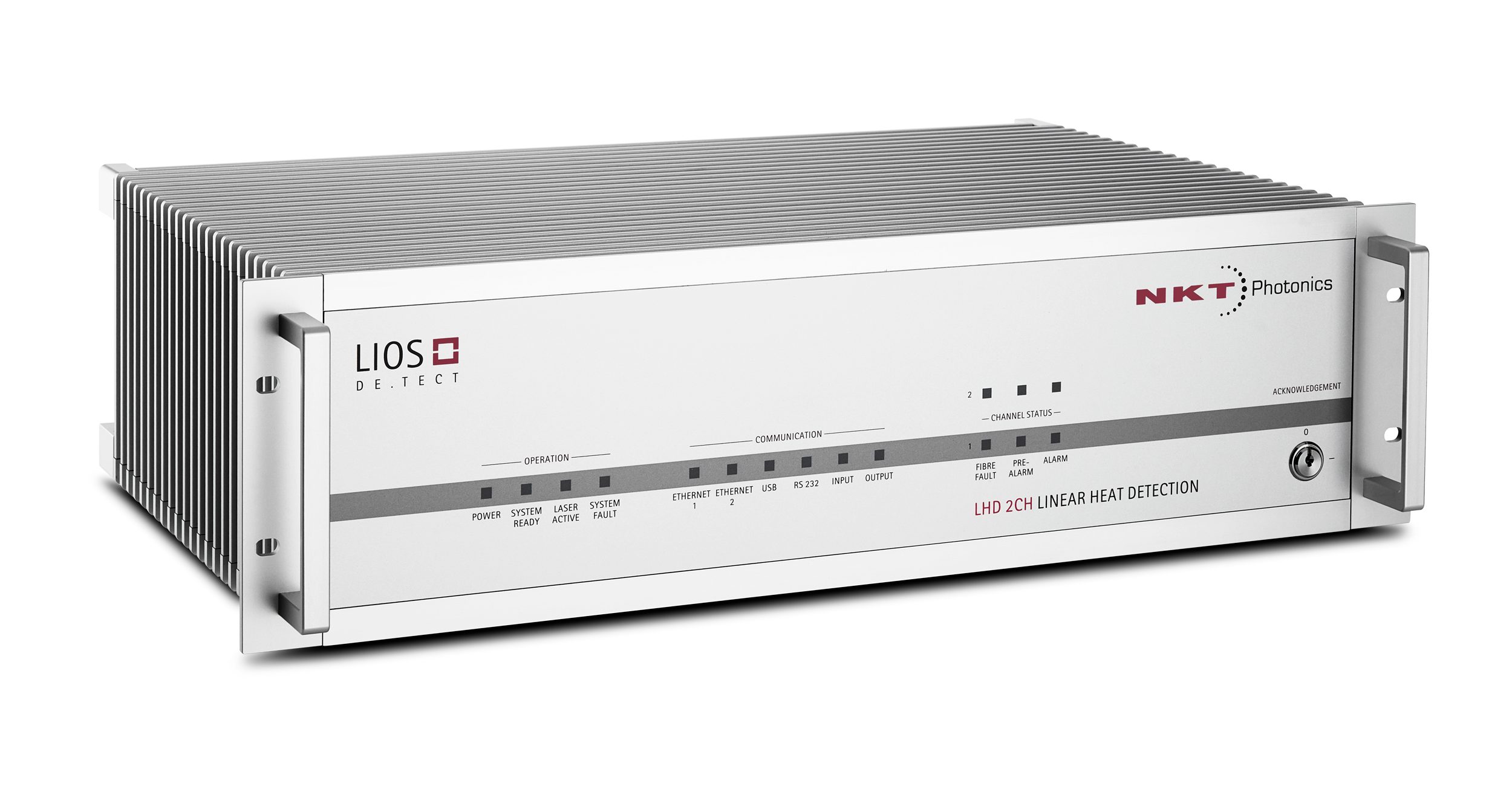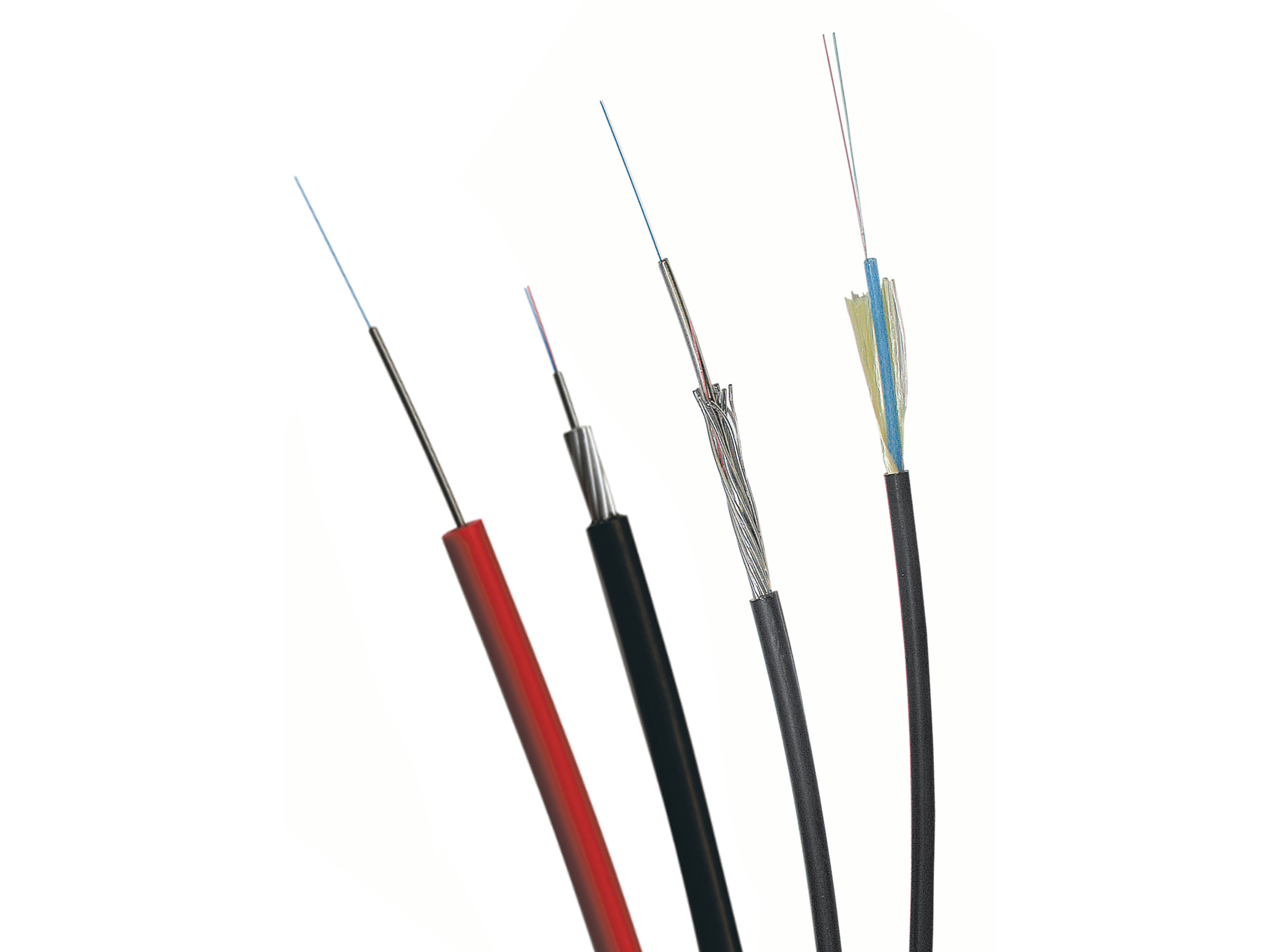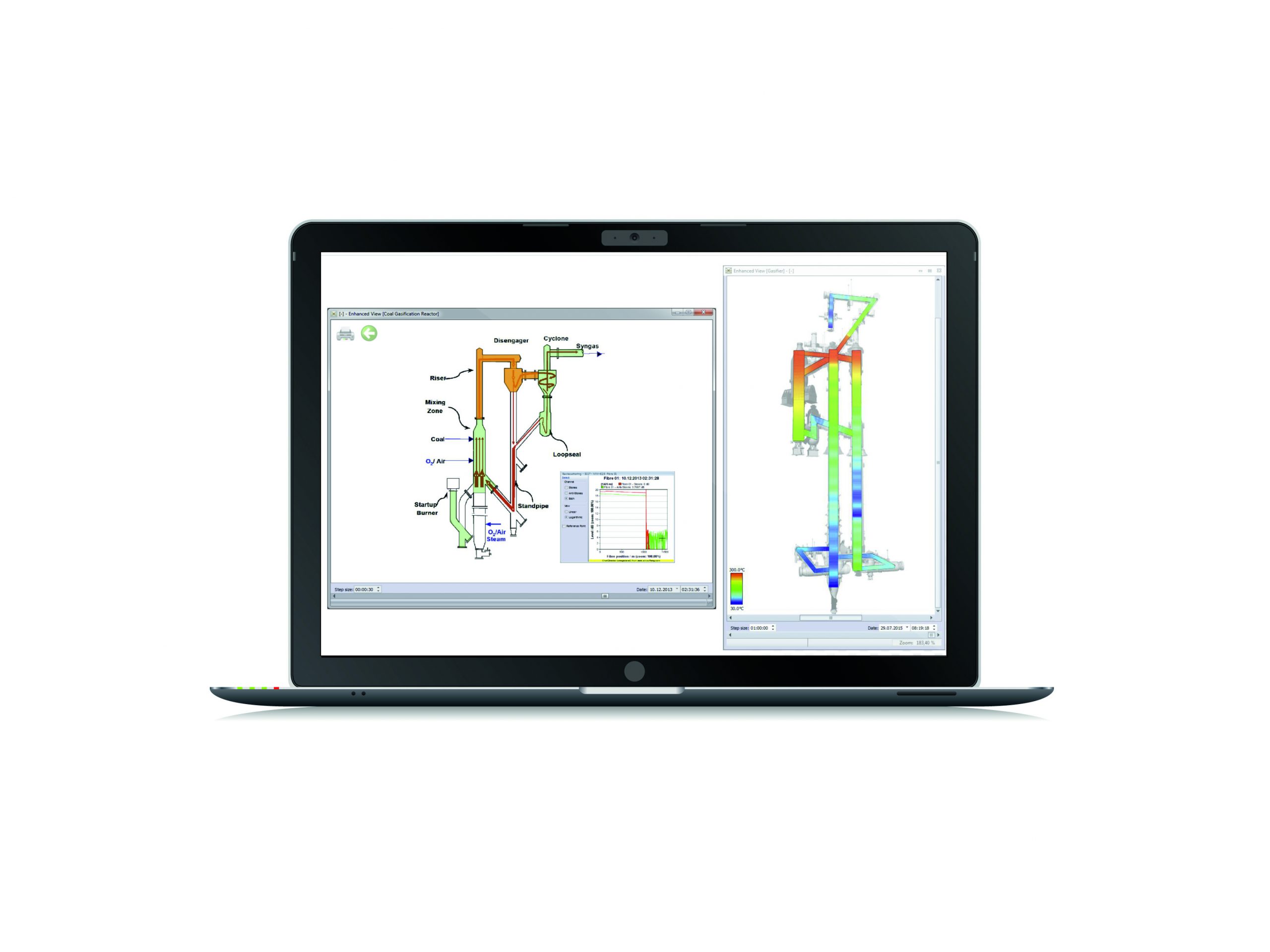Have you ever driven through a tunnel wondering what would happen if a fire suddenly broke out? What would you do? Push the claustrophobic feeling away and speed up a bit?
In September 2019, a truck filled with cardboard caught fire inside the Eisenhower-Johnson Memorial Tunnel in Colorado. What could have ended up being a major disaster was resolved in three hours. Thanks to the fiber-optic fire detection system there were no casualties nor damage to the tunnel structure.
A reliable and fast fiber-optic fire detection system keeps 12 million vehicles safe every year
When things go wrong, you cross your fingers that someone has already planned for the worst-case scenario and taken preventive action. This is exactly what the Colorado Department of Transportation (CDOT) did when they installed a fiber-optic fire detection system, the LIOS DE.TECT, in the Eisenhower-Johnson Memorial Tunnel. They did it to ensure the safety of the 12 million vehicles that pass through the tunnel every year.
How the system saved lives last September
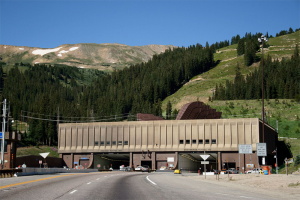 In September 2019, the front of a box truck filled with cardboard caught fire inside the Eastbound Johnson Tunnel. The fire was quickly detected by the fiber-optic fire detection system and tunnel traffic was immediately shut down in both directions.
In September 2019, the front of a box truck filled with cardboard caught fire inside the Eastbound Johnson Tunnel. The fire was quickly detected by the fiber-optic fire detection system and tunnel traffic was immediately shut down in both directions.
The system detects small temperature changes and localizes where the temperature rises. It is linked to the cameras in the tunnel. The system directed the cameras to the fire zone and alerted the control room. In the control room, the operator instantly activated the deluge fire suppression system that kept the fire under control until the firefighting personnel arrived and extinguished the fire – in less than an hour from the detection.
The benefits of the fire detection system according to CDOT
Neal Retzer, EJMT resident Engineer PE 2, and Jason Bonger, LTC ops 1, at the Colorado Department of Transportation, explain why CDOT invested in the LIOS DE.TECT fiber-optic fire detection system:
“The fire detection system is worth its weight in gold. It is a great system from a risk, insurance, and asset management perspective. The tunnel could have been down for weeks, or even months, if the cardboard in the box truck caught fire and damaged the tunnels’ structures. A closed tunnel results in a cost of lost commerce of hundreds of thousands of dollars per hour.
We love the system and cannot think of any way to improve it. Everything is well thought through. The system was easy to install, 9000 feet (2.7 km) of fiber-optic cable was installed overnight in the existing tunnels. Other Department of Transportations have reached out to us to understand what the system can do. We see the LIOS DE.TECT system as an investment and we recommend this system to other Departments of Transportation.
It is much more reliable, faster, and effective than personal response. It is an efficient and safe solution with timely and automatic reactions. Furthermore, it is very easy to train staff and we see no false positives.”
See the video about how the DE.TECT system was installed.
Timeline of the incident September 4th, 2019
7:12 PM A box van was discovered to be fully in flames in the 2nd lane inside the Eastbound Johnson tunnel. CDOT immediately closed all lanes in the tunnel in both directions and dispatched the Summit County Fire Department.
7:14 PM The fire suppression system was activated in the zones surrounding the burning van, suppressed the fire and prevented it from spreading.
7:21 PM The Summit County Fire Department arrived and began firefighting.
7:23 PM The I-70 was closed at the Mile Marker 205, Westbound, outside the tunnel.
7:44 PM The fire was completely extinguished, and the fire department cleaned up and moved out.
8:12 PM Both Westbound lanes were re-opened.
8:22 PM CDOT’s rollback tow truck removed the van from the tunnel.
9:19 PM CDOT initiated an inspection at the fire scene and found minor damage to light fixtures and melted light covers. The light fixture covers were replaced, and the ceiling and membrane were inspected.
10:07 PM 1st lane was opened for Eastbound traffic while the 2nd lane remained closed to finish inspections.
10:26 PM All lanes are re-opened, and normality has been restored.
